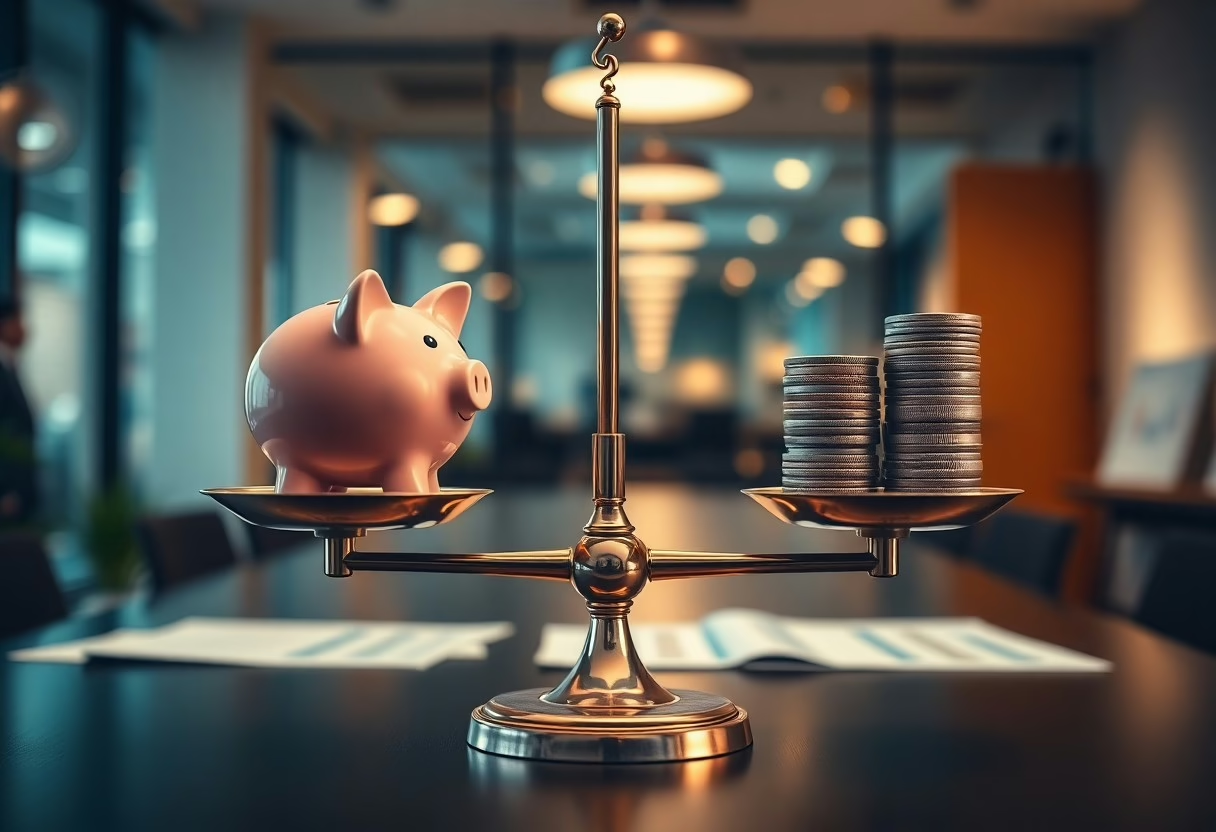Most people struggle with finding the right balance between savings and investments for achieving optimal financial stability. As I navigated my own financial journey, I discovered that understanding the distinct roles savings and investments play is fundamental to creating a solid financial foundation. In this article, I will guide you through how I have learned to harmonize savings and investment to ensure both short-term security and long-term growth.
At the outset, I defined what savings meant for me. This typically involves setting aside money in a savings account to cover immediate or short-term expenses. I prioritize having an emergency fund that covers at least three to six months’ worth of living expenses. This establishes a safety net that allows me to feel secure during unexpected financial setbacks, such as job loss or medical emergencies. You should assess your own needs and decide how much you want to save for emergencies. This fund should be liquid, so you can access it quickly without penalties.
On the other hand, I view investments as a means to grow my wealth over the long term. While savings are about preserving capital, investing incorporates an element of risk, but with potential higher returns. When I was ready to take the plunge into investing, I started by educating myself about different asset classes—stocks, bonds, mutual funds, and real estate. Each option carries its own risk and reward profile. I tailored my investment strategy based on my risk tolerance, financial goals, and time horizon. If you’re just starting out, consider diversifying your portfolio to mitigate risks while capitalizing on growth opportunities.
To harmonize these two components, I established a budget that allocates a specific percentage of my income toward savings and another toward investments. This framework ensures that I’m not neglecting either area. I typically aim to save at least 20% of my income, while directing 15-20% towards investments. A structured approach helps me keep both elements in check, allowing me to remain focused on my overall financial objectives.
Regularly assessing my progress has also played an crucial role in this balancing act. I track my savings and investment growth periodically, adjusting my contributions as needed. For instance, if I find that my emergency fund is well-funded, I might increase my investments. Conversely, if the markets are volatile, I might boost my savings temporarily to maintain my peace of mind. You should create a routine that works for you, whether it means reviewing your financial status monthly or quarterly.
Lastly, I emphasize the importance of remaining patient and disciplined. Financial stability is not achieved overnight; it’s a continuous journey. As you harmonize your savings and investments, stay focused on your long-term goals, and don’t let short-term market fluctuations spur rash decisions. Trust the process as you cultivate a healthy balance of savings and investments that fits your unique financial situation.
Overall, by harmonizing savings and investments, I empower myself to achieve financial stability. I encourage you to take the time to evaluate your own financial priorities, enabling you to create a balanced approach that leads to a secure and prosperous future.



